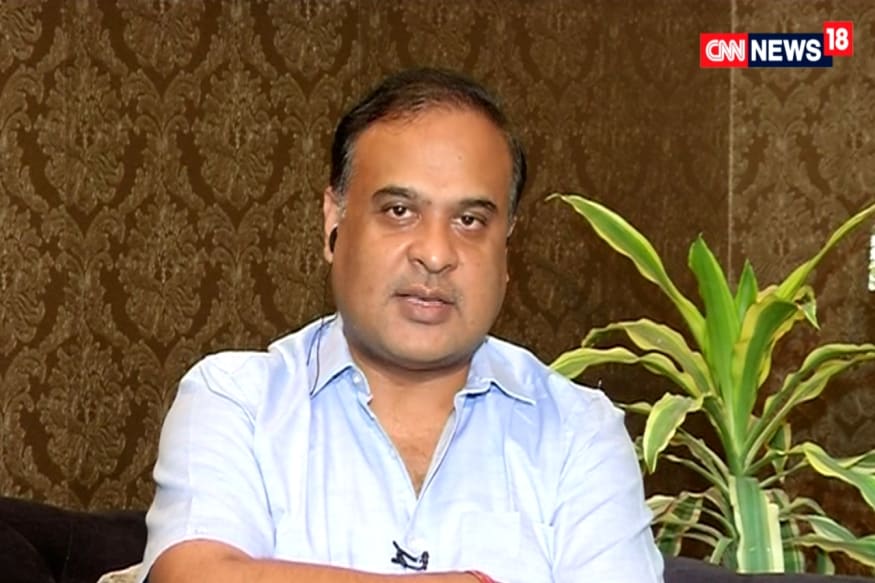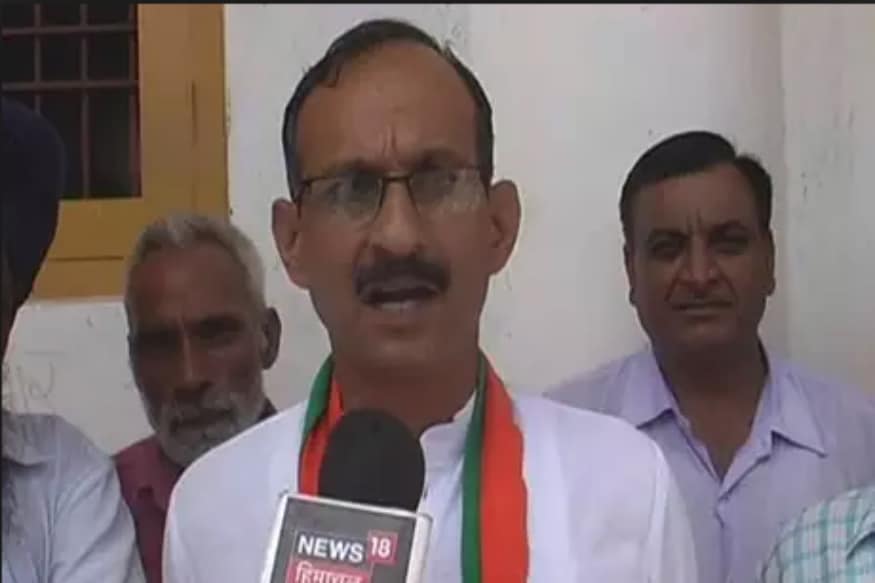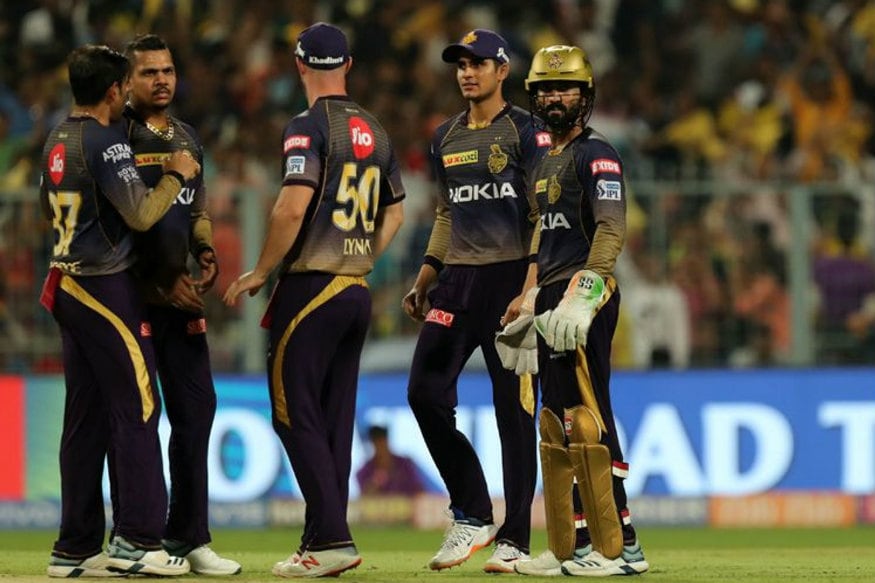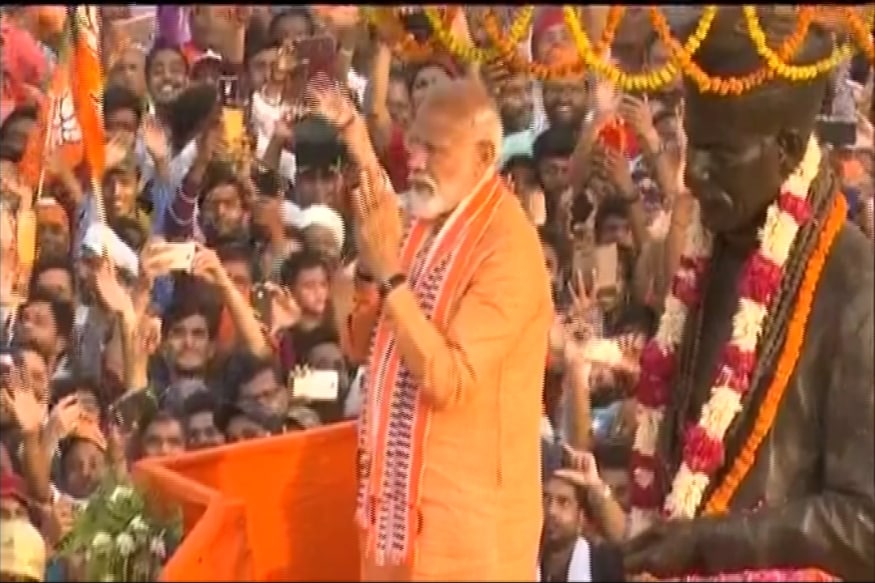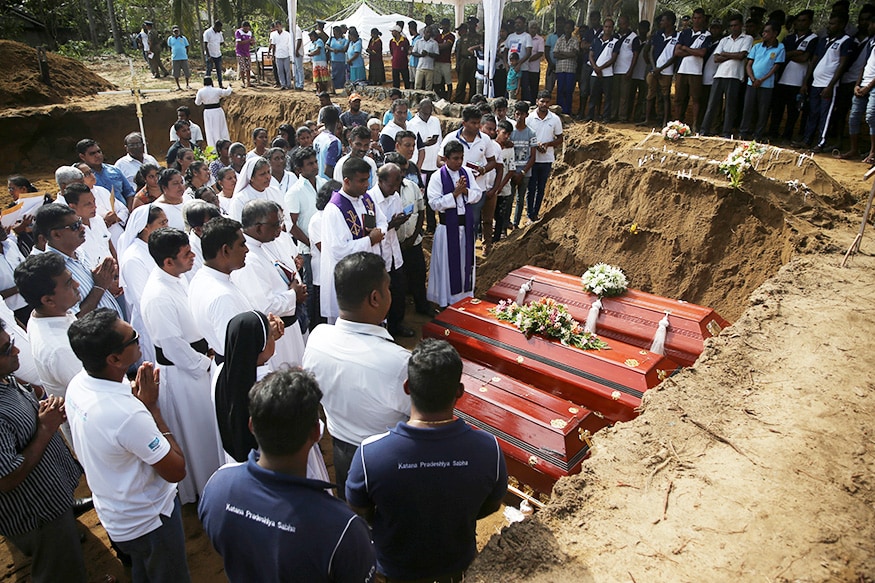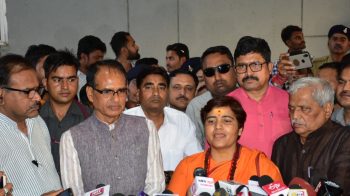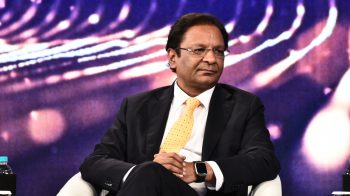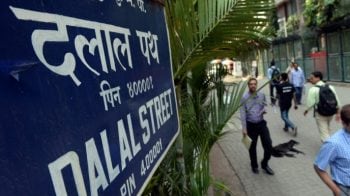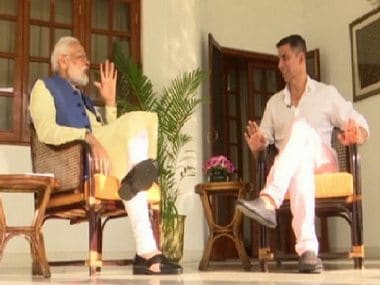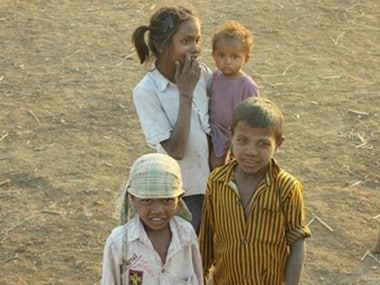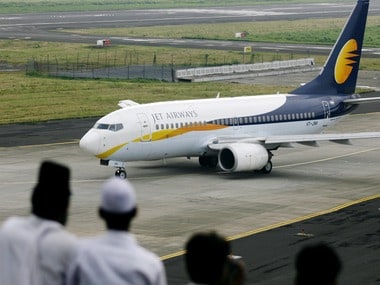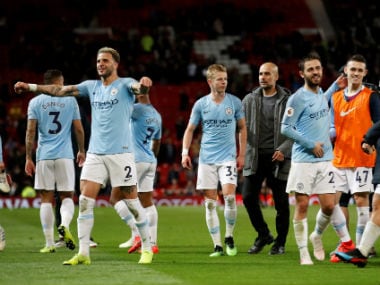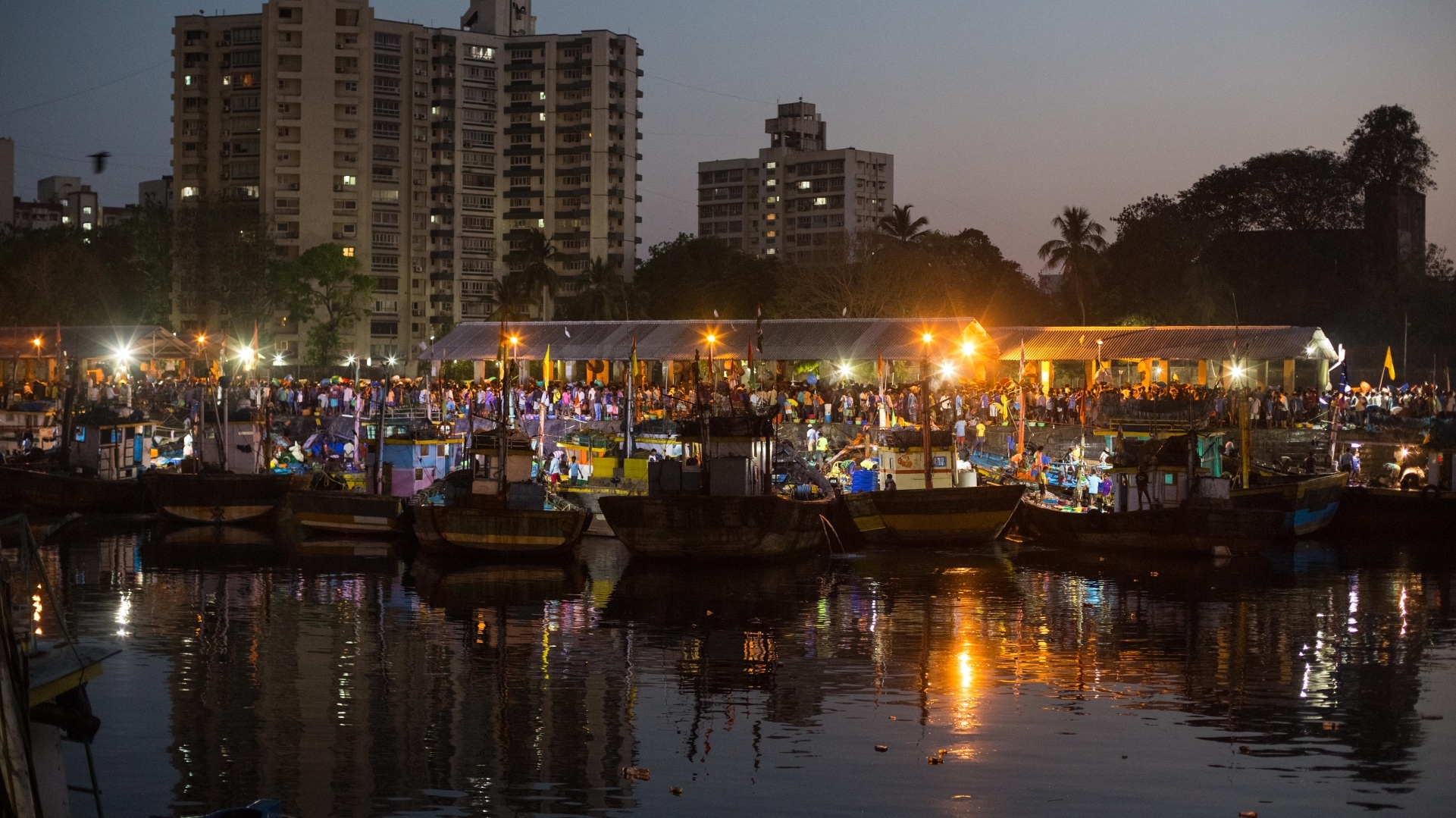RC Bhargava, Chairman, Maruti Suzuki said the cost increase in shifting the Super Carry to Bharat Stage VI (BS-VI) will be significant enough to deter buyers.
Car market leader Maruti Suzuki will phase out the diesel version of the Super Carry by the end of this financial year and replace it with petrol and CNG versions.
Speaking to the media on the sideline of announcing its final quarter results RC Bhargava, Chairman, Maruti Suzuki said the cost increase in shifting the Super Carry to Bharat Stage VI (BS-VI) will be significant enough to deter buyers.
“Our judgment is that the cost of upgrading the Super Carry to BS-VI will be too huge. We intend to discontinue the diesel version. We cannot meet the cost target of the customer requirement. We will have petrol and CNG version of the vehicle and it will become more economical for the user," Bhargava said.
The Delhi-based company has a market share of 12 percent in the light commercial vehicle segment. The company sold 23,874 units of Super Carry in FY19, nearly 138 percent higher than the 10,033 units sold in FY18.
Maruti Suzuki already has a 1200cc CNG-powered version of the Super Carry in the market besides the 793cc diesel powered unit. A petrol-powered unit will be launched in due course.
With a gross vehicle weight of 1,600 kgs, the sub-2 tonne Super Carry competes with the market leader Tata Motors Ace, Ashok Leyland Dost and Mahindra Supro.
“We have a 12 percent market share in the LCV segment and we want to grow further from here,” added Bhargava. The commercial vehicle segment is a new area of business for the manufacturer of Alto, Swift and Baleno. It has opened several new dedicated dealerships to sell the Carry.
As for the passenger vehicle division, Bhargava said the company would grow within the range of 4-8 percent in the current financial year. The company ended FY19 with domestic sales of 1.72 million units and a growth of 5.25 percent.
“Target for this year is not a fixed target. We are providing a range this year as guidance instead of a fixed target. At the minimum level we will grow by 4 percent over last year while at the upper range the growth is 8 percent,” added Bhargava.
































